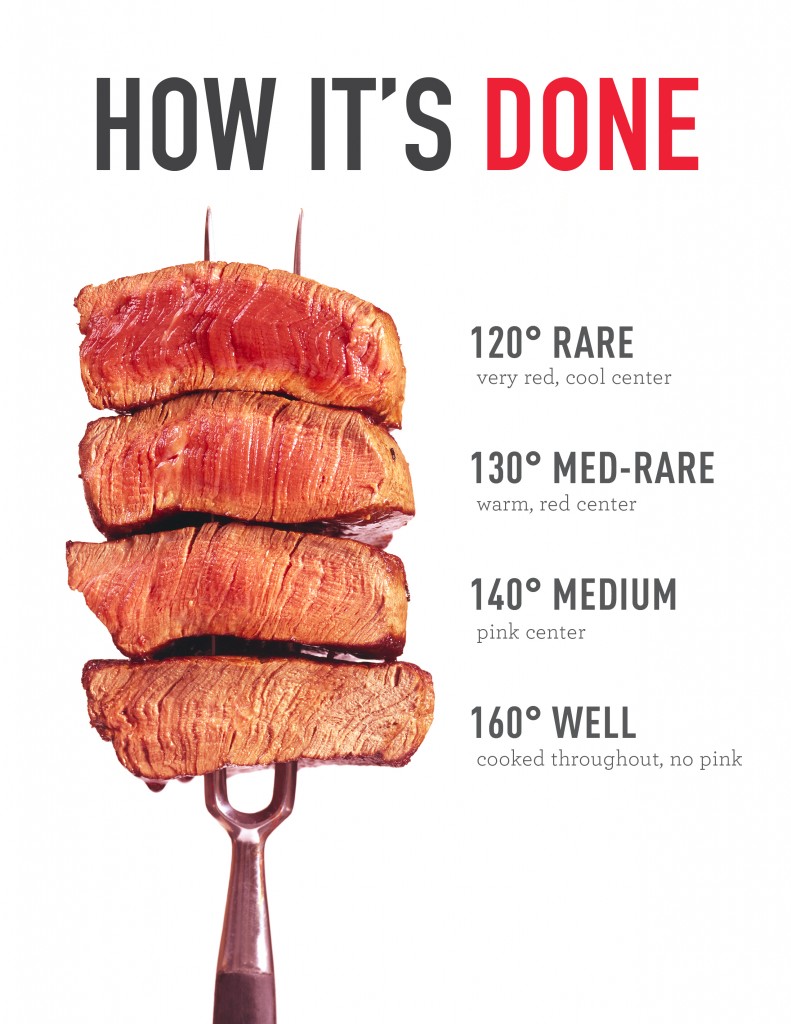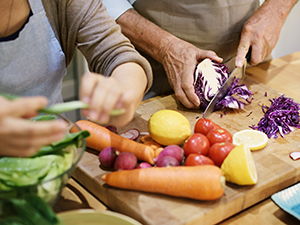
In my last article, I discussed the importance of cooking skills 101, and how Chef de Cuisine Joey Delago's class explains each task and its associated skill. I discussed the task-centred categories of cooking skills and their applications, including Activating yeast and making stocks. These skills are important for any cook. A list can help to decide which skills to focus on and which ones not. In this article, I'll talk about some of the skills you should master before embarking on the next level of your culinary journey.
Chef de Cuisine Joey DeLago's cooking skills 101 class
Chef de Cuisine Joey DeLago's cooking skills 101 class is for you if you ever wanted to be a professional chef. This hands-on class focuses on the basic culinary skills you need to make a multi-course meal in a pinch. Joey will provide pointers on planning, advance prepping, timing, presentation, and more. You can also share your final meal with other home chefs.
Cooking skills that are task-oriented
The Food Agency defines cooking abilities as the combination of knowledge, skills, practices, and techniques that support a healthy diet. This framework recognizes many barriers to healthy diets lie in the environment. But it focuses primarily on encouraging food skills through the implementation of appropriate measures. These measures must be simple to understand, should relate to other domains and can be applied across a broad range of sociodemographic levels. The following four categories have been developed to address some of the most pressing issues related to food skills.

Activating yeast
You need to know how yeast is activated if you plan to use it in your recipes. To activate yeast, warm some tap water and run some hot water through it. In some cases you may also need sugar or water. Here are some tips to help you activate your yeast. When the yeast reaches a bubbly stage, it is ready for use. Cooking is the key to baking success.
Stocktaking
Using a stock can make your dinners more flavorful and add a lot of depth to a dish. Stocks can be made from vegetables, meat, or fish and can also have Western or Asian origins. While you can make your own stock using bottled water, it is better to use the filtered water available at the grocery store. There are many different types of stock recipes available, and it is important to follow a few basic guidelines to ensure that your stock is as flavourful as possible.
Making whipped cream
Whipped cream makes a great topping for a dessert or cake. This classic dessert is simple to make but you need to be careful. Although it may look like slightly melted Ice Cream, it's not. Instead of a loose consistency, whip cream should have a fluffy, slightly curled peak that sticks with the whisk and doesn’t dissolve immediately. Soft peaks can also be made by beating the cream using a spoon until the cream holds its shape.

Melting chocolate
Learn how to melt chocolate if you are looking to make delicious desserts. It is not an easy task. These tips will help you to get the job done quickly with minimal mess. You must first know the right technique. There are two main ways to melt chocolate. Double boiler method involves using a heatproof bowl or pan with a glass or stainless steel bottom nestled over a saucepan of simmering water. This method should be used slowly, and you should avoid allowing the water to splash into the bowl.
FAQ
Where can i buy quality kitchen equipment
You can buy high-quality kitchen gear online. There are many online shops that sell all sorts of kitchen tools. You should read user reviews and ratings before purchasing any kitchen tools. You can ask others who have the same items for their recommendations.
What can I learn about cooking?
There are many cooking classes available all over the country. Many schools offer courses on baking, pastry, or wine tasting. If you're interested in learning more about baking, you can either enroll at a community college or vocational school. Or you can attend a private class.
Which method is best to learn how to cook?
Cooking is one of those things that everyone should know how to do. It's a great way to experience delicious food without having to learn how to cook. The first thing you need to do when learning to cook is to find a recipe that you like and follow it closely. You'll then want to practice small adjustments until you feel confident making the dish. Next, you can cook for others. This will improve your cooking skills as well as test your culinary abilities.
Are there any ingredients I can buy to cook?
There is no need to purchase all the ingredients. Most grocery stores sell premade sauces and other items you can use as substitutes. If you are looking to save money, premade meals may be a good option.
What should a beginner cook first?
Beginners should begin cooking simple dishes like soup, pasta, and rice. A recipe book or a YouTube video can help you learn how to cook. It's much more fun to cook with someone you know. Cooking together is fun with family members or friends.
What is the best way to store leftovers?
Leftovers are usually stored in Tupperware containers. These containers protect food from spoilage and keep it fresh. These containers keep food warm for longer periods of time. Freezer bags can be used to freeze any leftover food. Place food in another freezer bag to prevent air escape when freezing. Once the food has been frozen, transfer it into an airtight container such as a zip lock bag.
Statistics
- According to the BLS, chefs earn $58,740 a year. (learnhowtobecome.org)
- On average, chefs earn $58,740 a year, according to the BLS. - learnhowtobecome.org
- The median pay for a chef or head cook is $53,380 per year or $25.66/hour, according to the U.S. Bureau of Labor Statistics (BLS). (learnhowtobecome.org)
External Links
How To
How to make a perfect eggroll
Omelets have always been a favourite food to eat for breakfast. How do you make them perfect? Many different recipes and methods have failed to work for me. I have some tips and tricks to help you make delicious, fluffy omelets every single morning.
Before we start making omelets, let's remember that eggs are temperamental. The eggs must be fresh from an organic source and kept at room temperature until they are ready to be cooked. If they are not kept cold enough, the whites won’t form properly. The yolks will also break down too quickly and become runny. Your omelets will look strangely colored if this happens. It is best to use room-temperature eggs if you are going to cook them right away.
Another tip is to separate the egg before adding it to the pan. You don't want any white to get mixed up with the yolk because this could cause the omelet to curdle.
You could end up burning the bottom half of the egg if the egg is added directly to the heat source. Instead, microwave the egg for 10 seconds before adding it to the pan. The microwave heat cooks your egg just right, without it becoming too soft.
Next, let's talk about mixing the eggs. Mixing eggs together is important. You need to beat them well. To do this, take the bowl from the mixer and flip it upside-down. Now shake the bowl vigorously. By doing this, the egg is thoroughly mixed with the air in the bowl.
Now comes the fun part: adding the milk to your mixture. Mix half of the milk with the eggs. Then fold the eggs in half into the remaining milk. Do not worry if you see streaks of egg; they will disappear when the omelet is flipped.
After you have done folding the eggs, heat the pan on medium heat. The oil will start to smoke. Once the oil has gotten hot, add 1/4 cup of butter and swirl it around so that the entire pan is coated. Now carefully crack open the lid of the pan and sprinkle salt into the pan. Salt will prevent the omelet sticking to the pan.
Once the omelet forms, cover the pan again. Let the top side set completely. Flip the omelet upside down or with a spatula. Cook the other side for another minute or two. Take the omelet out of the pan and immediately serve.
This recipe works best with whole milk, but skimmed milk also works.